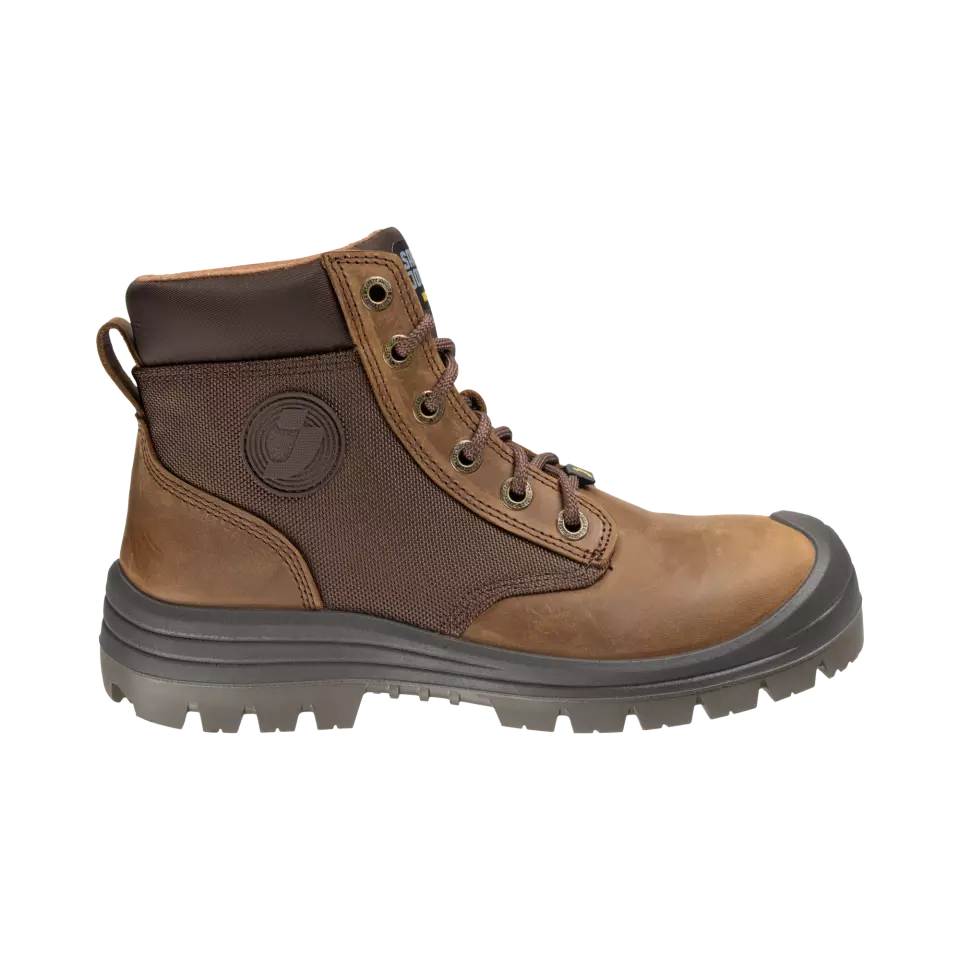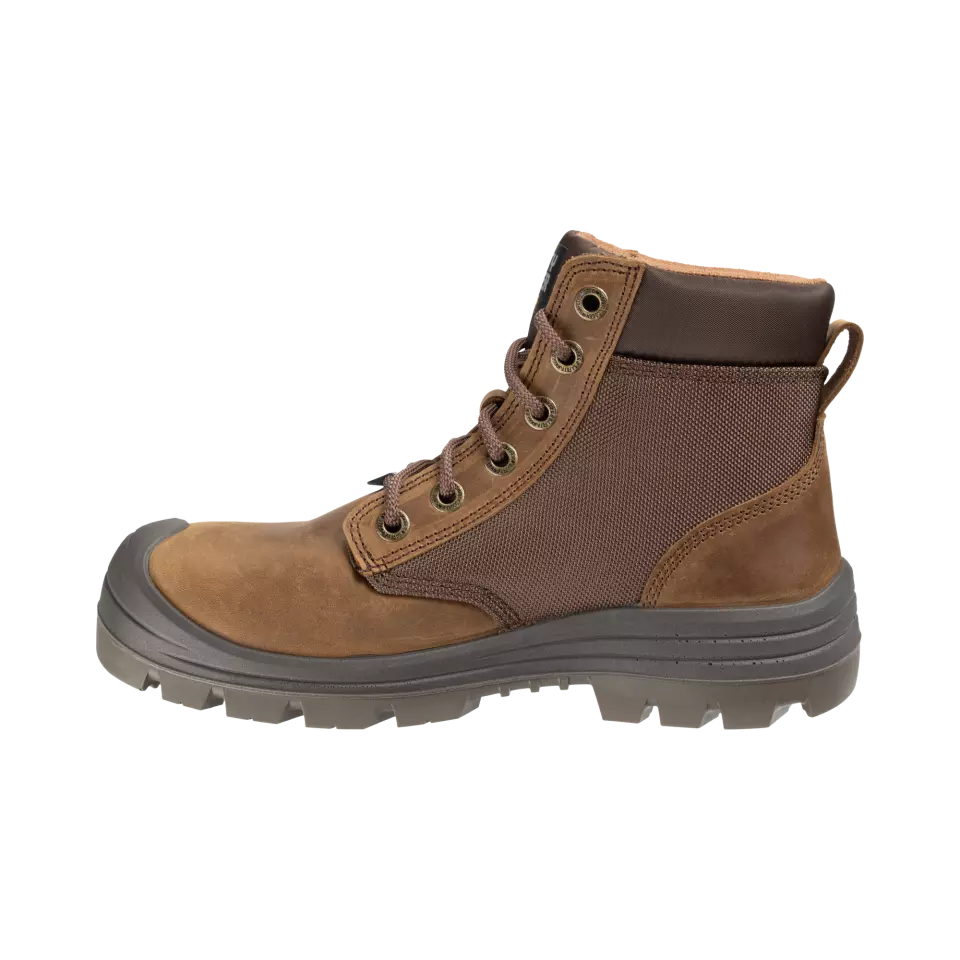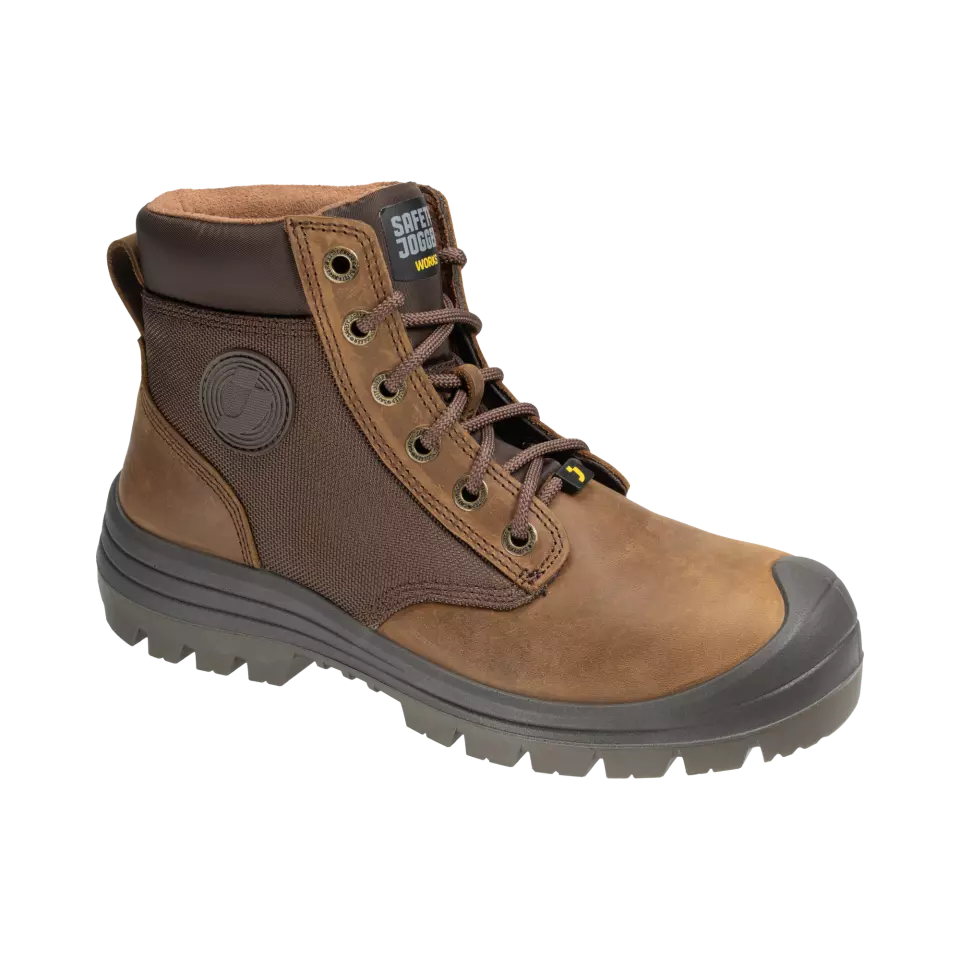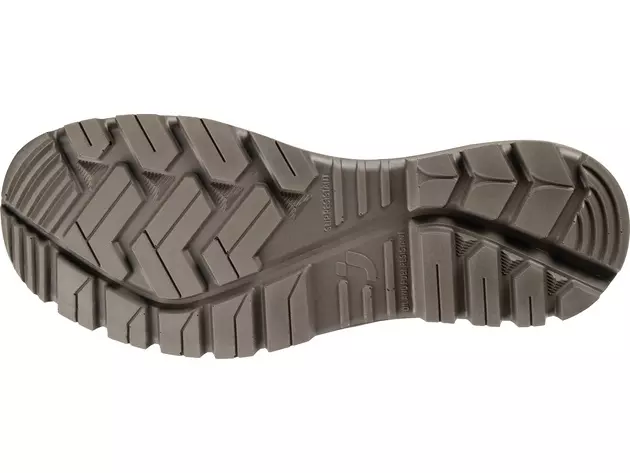DAKAR EW S3 Safety boots, brown
5.0 / 5
Product description
The DAKAR EW S3 is a durable safety shoe featuring an extra wide steel toe cap designed for optimal protection in demanding work environments. This second-generation model offers improved outsole design, enhanced fit, and superior comfort for all-day wear. With its combination of textile and Crazy Horse leather upper, the shoe provides excellent breathability while maintaining durability in various applications including construction and logistics.
Product Features:
- Extra wide steel toe cap for maximum protection
- Oil and fuel resistant BASF PU/PU outsole
- Puncture-resistant steel midsole
- Ladder Grip (LG) contour in shank area for additional safety on ladders
- Scuff Cap (SC) to reduce abrasion of the upper material during kneeling operations
- Breathable leather upper for comfort in various conditions
- Heel energy absorption system (41J) to reduce impact stress
Technical Details:
- Upper: Textile and Crazy Horse Leather construction
- Lining: Breathable mesh with high moisture-wicking properties
- Removable SJ foam footbed providing fit, guidance and shock absorption
- Antistatic properties (50.5 MegaOhm)
- Water resistant design
- Steel toecap with impact resistance (clearance after 200J impact: 20.5mm)
Recommended Applications:
- Construction and logistics industries
- Suitable for muddy, dry, and wet environments
- Environments with high humidity and presence of oil or hydrocarbons
Standards:
- S3 certified (SR, SC, LG, CI, FO)
- ASTM F2413:2018
- EN ISO 20345:2022+A1:2024
- Cold Protective
- Impact Resistance
- Electrical Protection
- Water Resistance
- Slip Resistant
Standards and labels
Safety Jogger delivery terms
Free delivery when you order more than 1 650,00 kr from Safety Jogger
Supplier shipping fee 55,20 kr
Brand minimum 0,00 kr
602,65 kr
Shipping fee is 55,20 kr for orders under 1 650,00 kr
Sold in units of one pair
Need larger quantities?
Other products you may like
Recently viewed
Other products you may like
Similar products you may like
Autonomous sourcing platform
The most efficient way to source and order supplies for your operations






